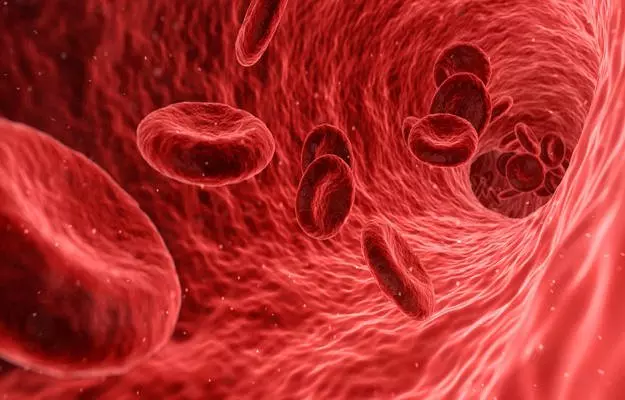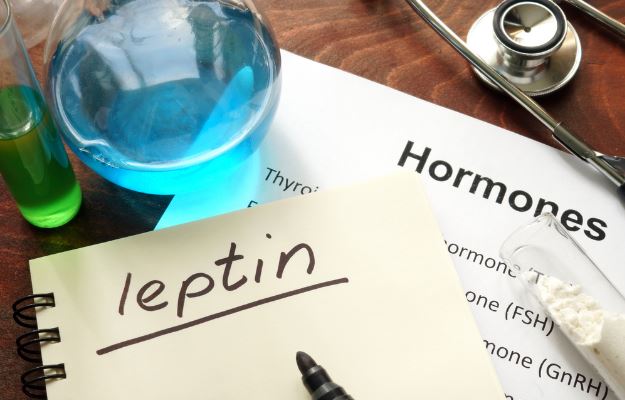Good blood circulation is vital to the body’s overall health and wellness. The body holds about 60,000 miles of blood vessels. Along with your heart and other muscles, the blood vessels make up your circulatory system, which is responsible for transporting oxygen, nutrients and important chemicals like endocrine hormones to all parts of the body. However, when your circulation is poor, it slows down or blocks the blood flow.
Poor circulation isn’t a condition in itself. Instead, it results from other health issues. When you have poor circulation, that means your blood isn’t flowing through your system as efficiently as it should and you can end up with numbness in your legs and arms. Continue reading to find out more about the causes of poor blood circulation and what you can do to improve it.













